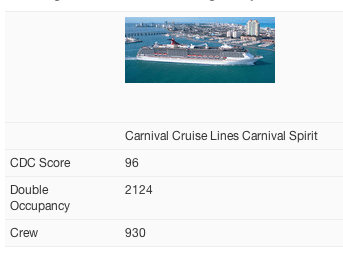Are you moving abroad? This can be a wonderful experience. But there’s, as always, a big problem–going. If you move close somewhere, it’s not very hard. But to transport all your belongings to your new country, you’ll need marine freight. And you now have to pack your shipping container. How do I do it right?
What type of container do you have to use?

It’s easy to arrange the Container Removals . Value logistics companies provide containers for the transportation of cubes both new and used regular and high performance. Depending on the size of your load, you can choose standard containers 20-footor40-foot, high cubes or quality open containers, which are ideal for transportation of vehicles and boats together with other dry cargo. Use some of the recommended packaging and installation tips for the best results.
How to properly pack and load the container for transport
On the day of your scheduled shipment or movement, professional shippers carry your goods or cargo and carry it. Or you can carry them with a group of friends and then the organization can send them to their destination. Many companies offer multiple intermodal container types, which give you two free hours for packing. And just begin charging you an hour later. It usually takes approximately 3 hours to load a 20-foot container. Then fill a 40-foot container for up to 6 hours.
How to correctly pack and load the container for cargo
On the day of your intended delivery or transportation, professional carriers will carry your goods or cargo and load them. Or with a bunch of your friends, you can bring them and then the company will send them to their destination. Many companies with different types of intermodal containers offer you two free hours of loading time. And after an hour, start charging you. It generally takes about three hours to load a 20-foot container. And load a 40-foot container for up to six hours.
Open top containers have a removable cover, either solid steel or with a roof and a tarpaulin to load open-top containers from standard shipping containers. Although open-top containers can be used for any form of the dry cargo vessel, the cargo is usually filled in hard formed cargo. They are made of durable steel and wooden floors, like the standard ones. We have similar dimensions. It depends, in fact, on the easiest way to load your objects, which container type is best suited to your needs.
Here are a few basic guidelines to prepare your shipping container • Check the container on arrival. Check your cleanliness and condition when preparing your container for shipping. Check the locks and serial numbers for reference.
Proportionally distribute your cargo, furniture and other boxes throughout your transportation container. The 20-foot container contains approximately 1,170 cubic feet of space and can hold up to 62,000 pounds. A standard container of 40 feet contains almost 2,400 cubic feet.
Load the largest items first, recalling the distribution rule.
In front of the walls load the rest of the furniture. Don’t forget to put additional furniture covers, so you don’t scratch the woodcutter or the chairs. Use some nylon rope to tie the legs of your tables to the floor or sides of your container to secure it better.

